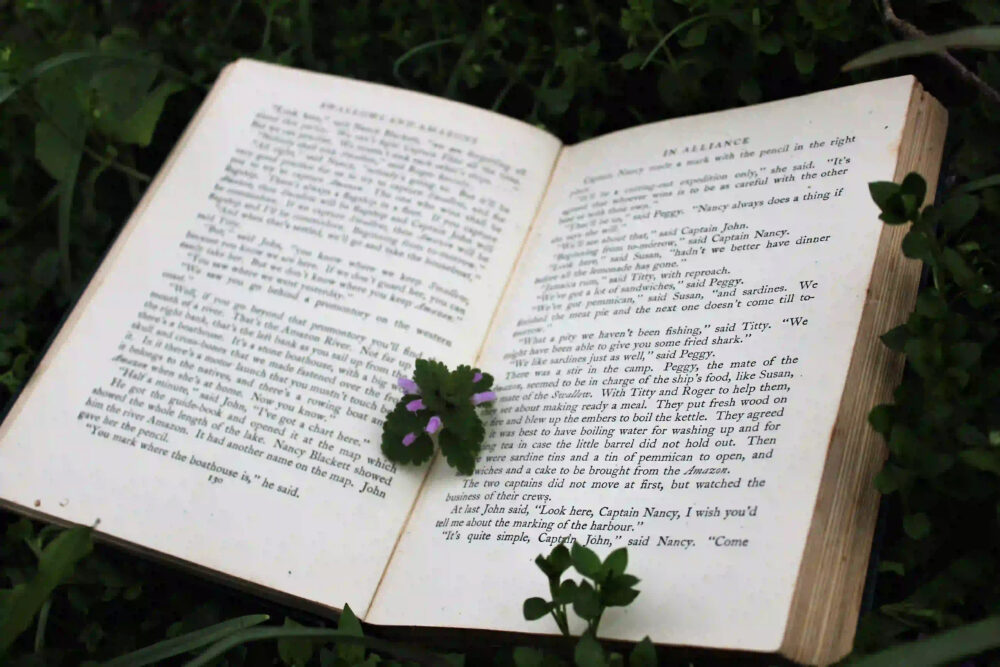In the vast realm of popular culture, we often encounter a multitude of references to literature. From movies and TV shows to music and advertisements, these references serve as a powerful tool to connect with audiences on a deeper level. This phenomenon, known as intertextuality, highlights the enduring influence of literature and its ability to transcend time and mediums.
Understanding Intertextuality
Intertextuality refers to the interconnection between different texts, where one text references or alludes to another. In popular culture, this can take various forms, such as explicit references, subtle nods, or even thematic similarities. These references can be found in the dialogue, character names, plot devices, and even the overall narrative structure.
The Appeal of Intertextuality
So, why do creators and audiences alike find intertextuality so appealing? Firstly, it adds an extra layer of meaning and depth to the work. By referencing well-known literary works, creators tap into the collective knowledge and emotions associated with those works, inviting audiences to make connections and draw comparisons.
Intertextuality also serves as a form of homage. By paying tribute to influential literary works, creators acknowledge their impact and influence. This recognition can foster a sense of nostalgia and appreciation among audiences, creating a bridge between past and present.
Furthermore, intertextuality can foster a sense of inclusivity and exclusivity simultaneously. For those familiar with the referenced works, the inclusion of intertextual references can create a sense of belonging and shared knowledge. On the other hand, for those unfamiliar with the references, it can spark curiosity and intrigue, encouraging them to explore the source material and expand their cultural horizons.
Examples of Intertextuality in Popular Culture
“Stranger Things” - This popular Netflix series is a treasure trove of intertextual references. Set in the 1980s, it pays homage to several iconic films and books from that era, such as Stephen King’s “It” and Steven Spielberg’s “E.T.” These references not only create a nostalgic atmosphere but also enhance the overall narrative by tapping into the audience’s existing associations with these works.
“The Simpsons” - This long-running animated sitcom is notorious for its intertextual references. From classic literature like Shakespeare and Arthur Conan Doyle’s Sherlock Holmes stories to contemporary novels like “Harry Potter,” the show cleverly weaves these references into its comedic narratives. This intertextuality serves as a reflection of the show’s intelligent and culturally aware writing.
Music - Musicians often incorporate literary references into their lyrics to add depth and meaning to their songs. For example, Taylor Swift’s song “Love Story” draws inspiration from William Shakespeare’s tragic tale of Romeo and Juliet. By using intertextuality, the song not only tells a love story but also pays tribute to a timeless piece of literature.
The Impact of Intertextuality
Intertextuality has a profound impact on popular culture. By connecting works across mediums and generations, it creates a rich tapestry of shared experiences and cultural knowledge. It sparks conversations, encourages exploration, and fosters a sense of community among fans.
Moreover, intertextuality has the power to revive interest in classic literature, introducing new generations to timeless stories and themes. By reimagining these works in popular culture, creators breathe new life into them and ensure their relevance in the modern world.
Embracing the Power of Intertextuality
As consumers of popular culture, we should embrace the power of intertextuality. By recognizing and appreciating the references and allusions present in our favorite movies, TV shows, music, and advertisements, we deepen our understanding and enjoyment of the works. Intertextuality allows us to engage with different mediums, expand our cultural knowledge, and appreciate the enduring influence of literature.
In conclusion, intertextuality serves as a bridge between literature and popular culture, enriching our experiences and fostering a sense of connection. By weaving literary references into their creations, creators tap into our collective knowledge, evoke emotions, and invite us to delve deeper into the world of literature. So, the next time you stumble upon a literary reference in popular culture, take a moment to appreciate the power of intertextuality and the timeless influence of literature.
